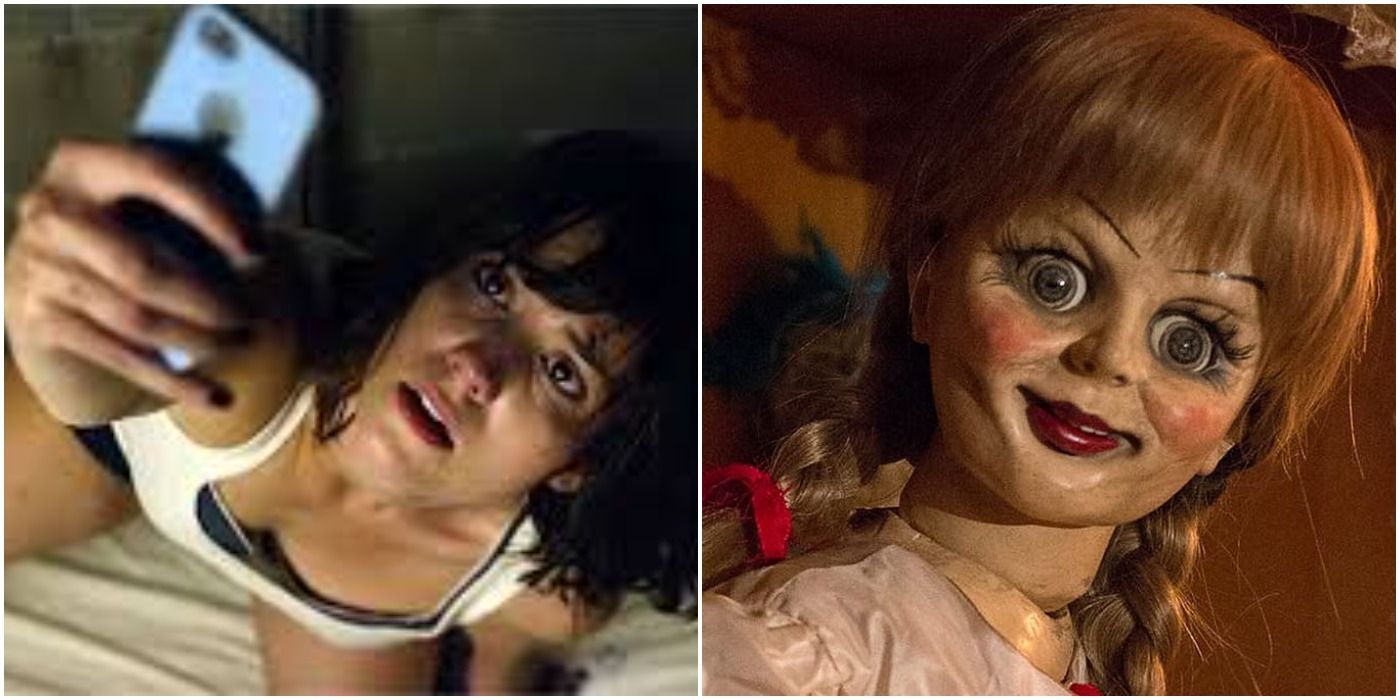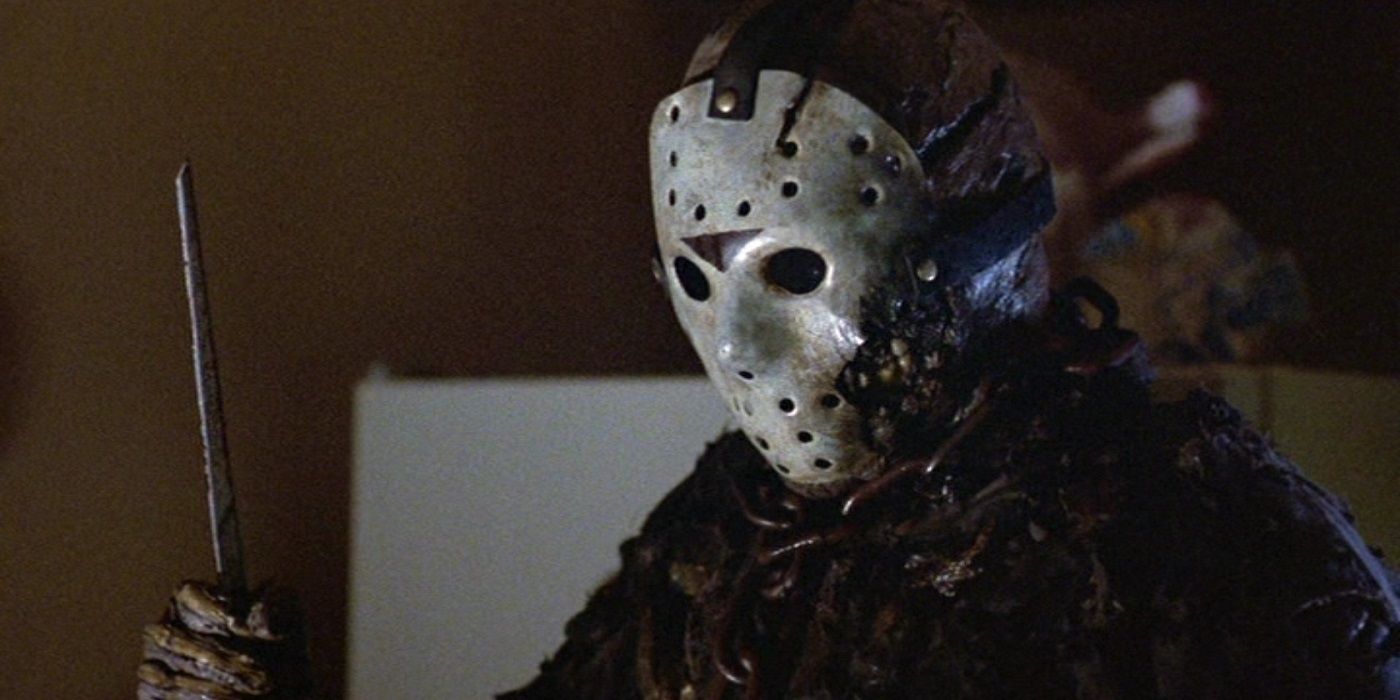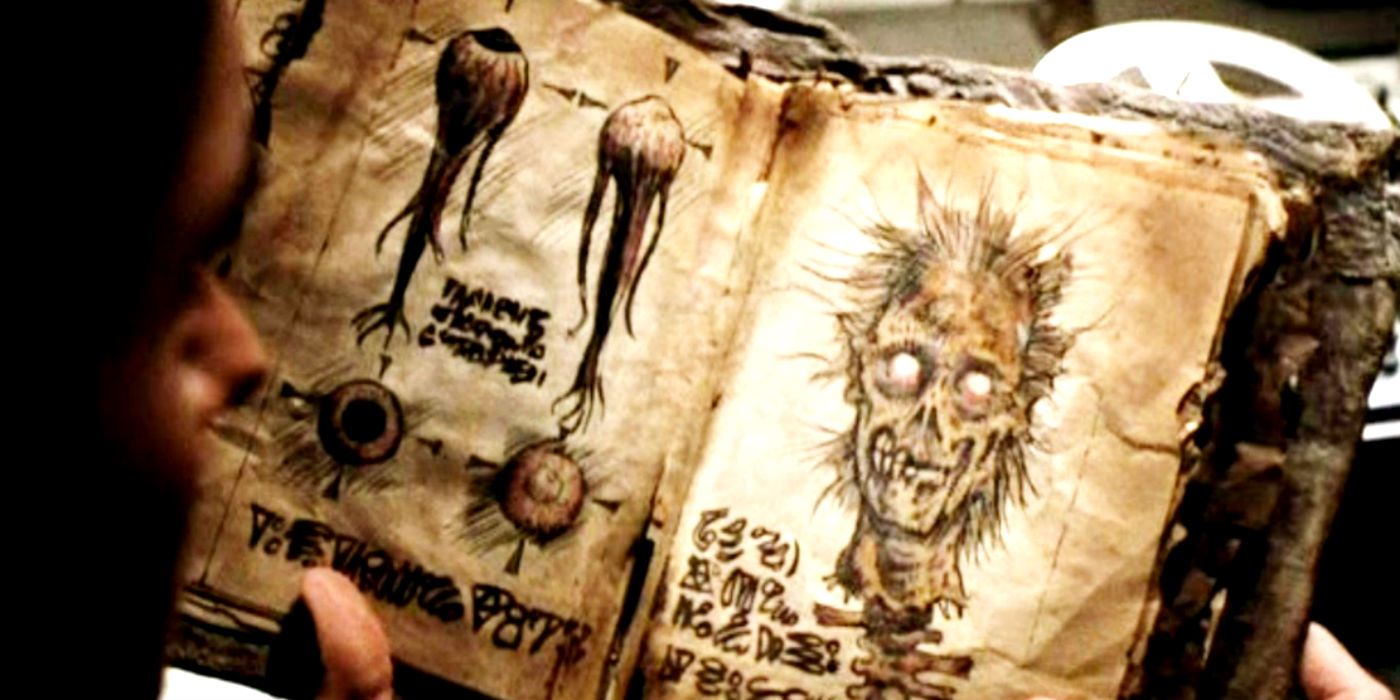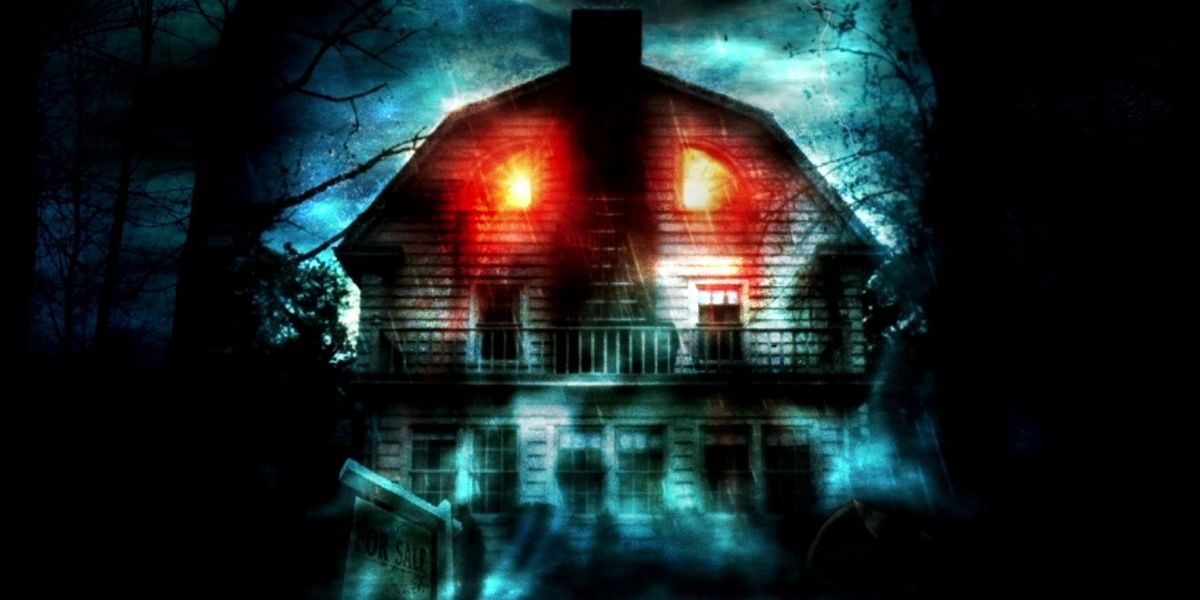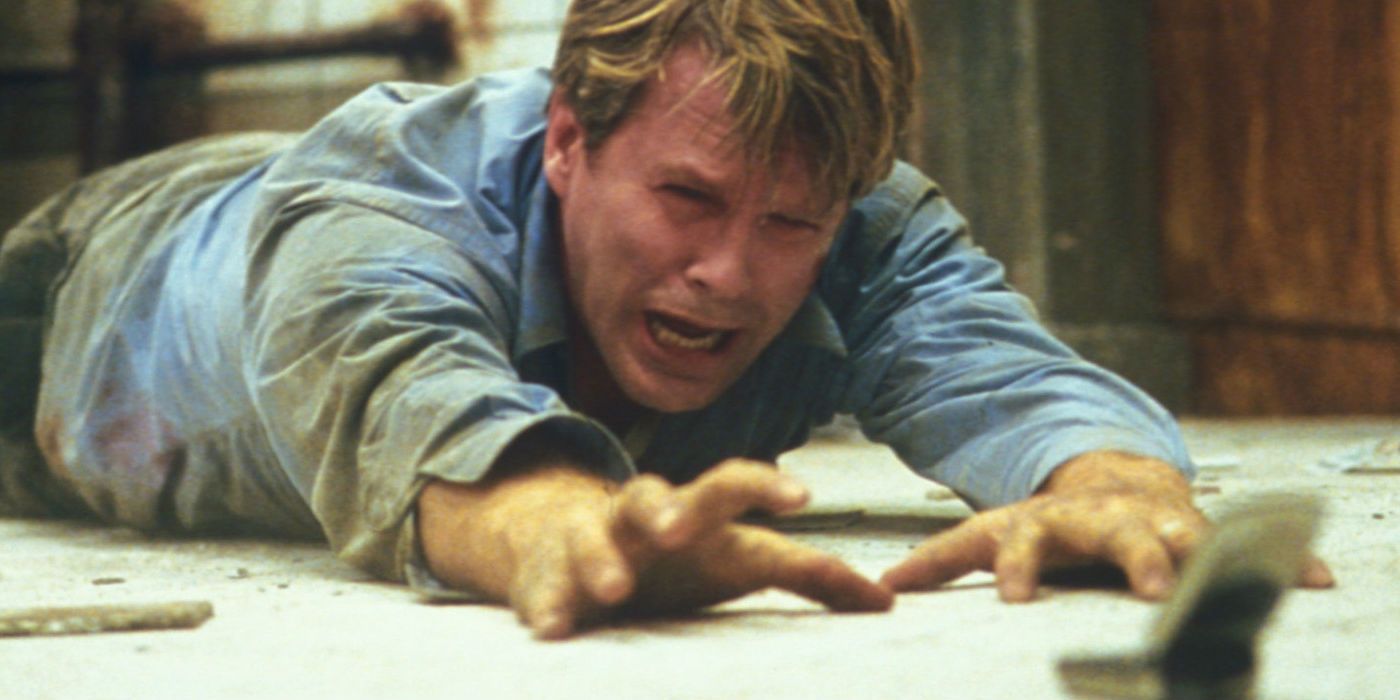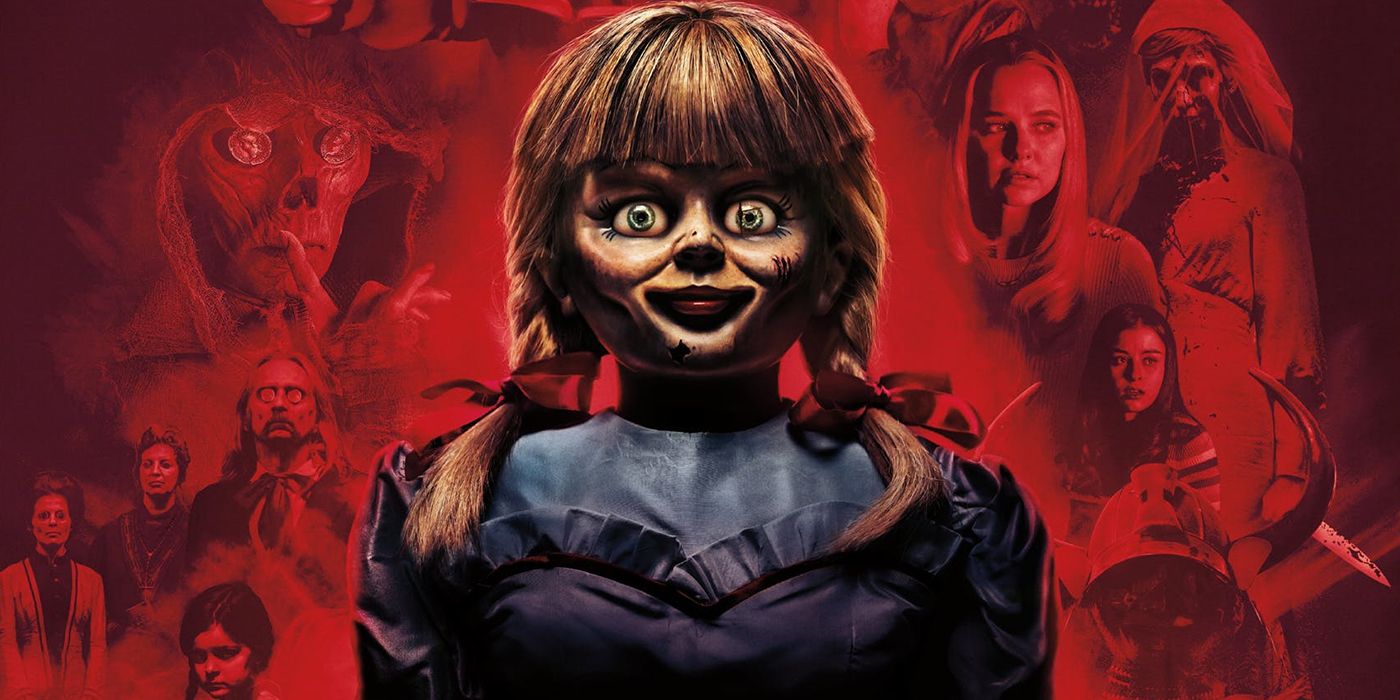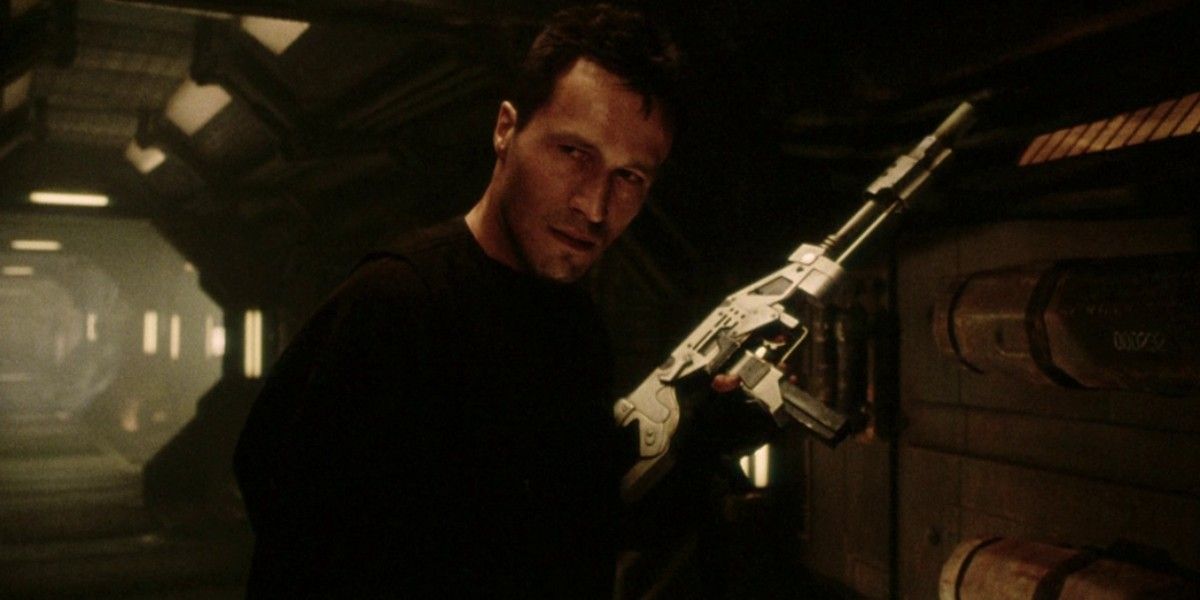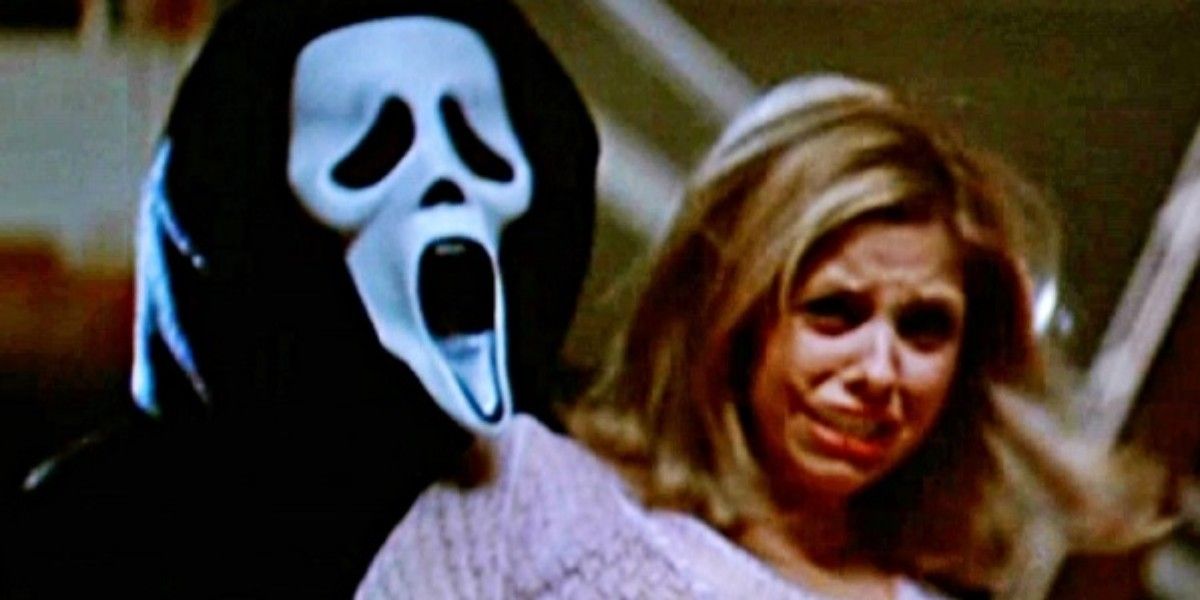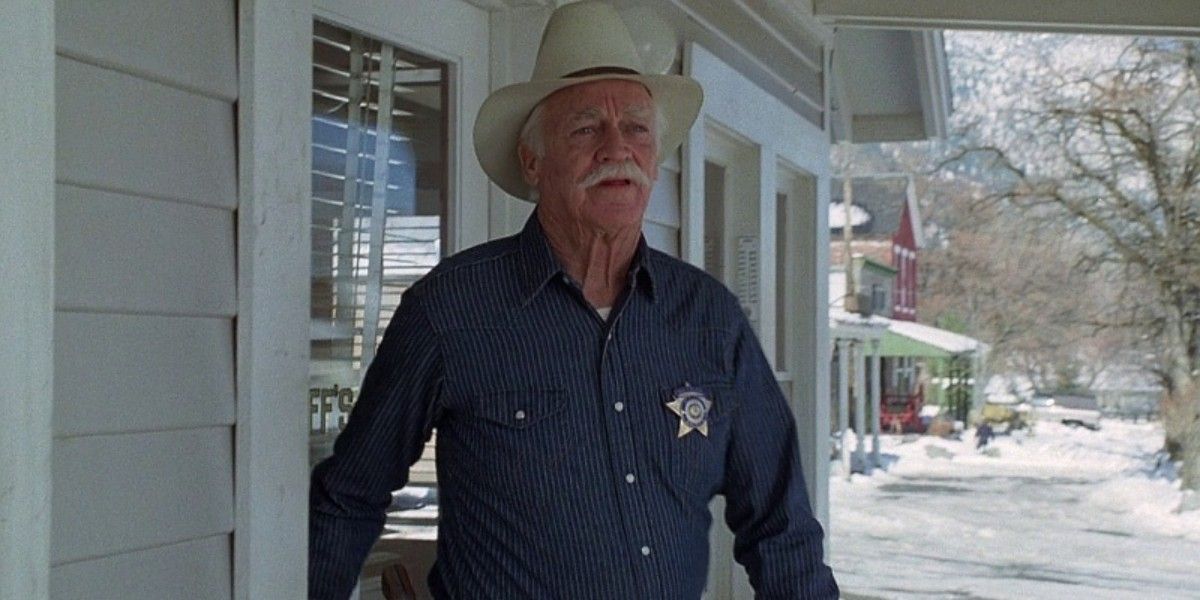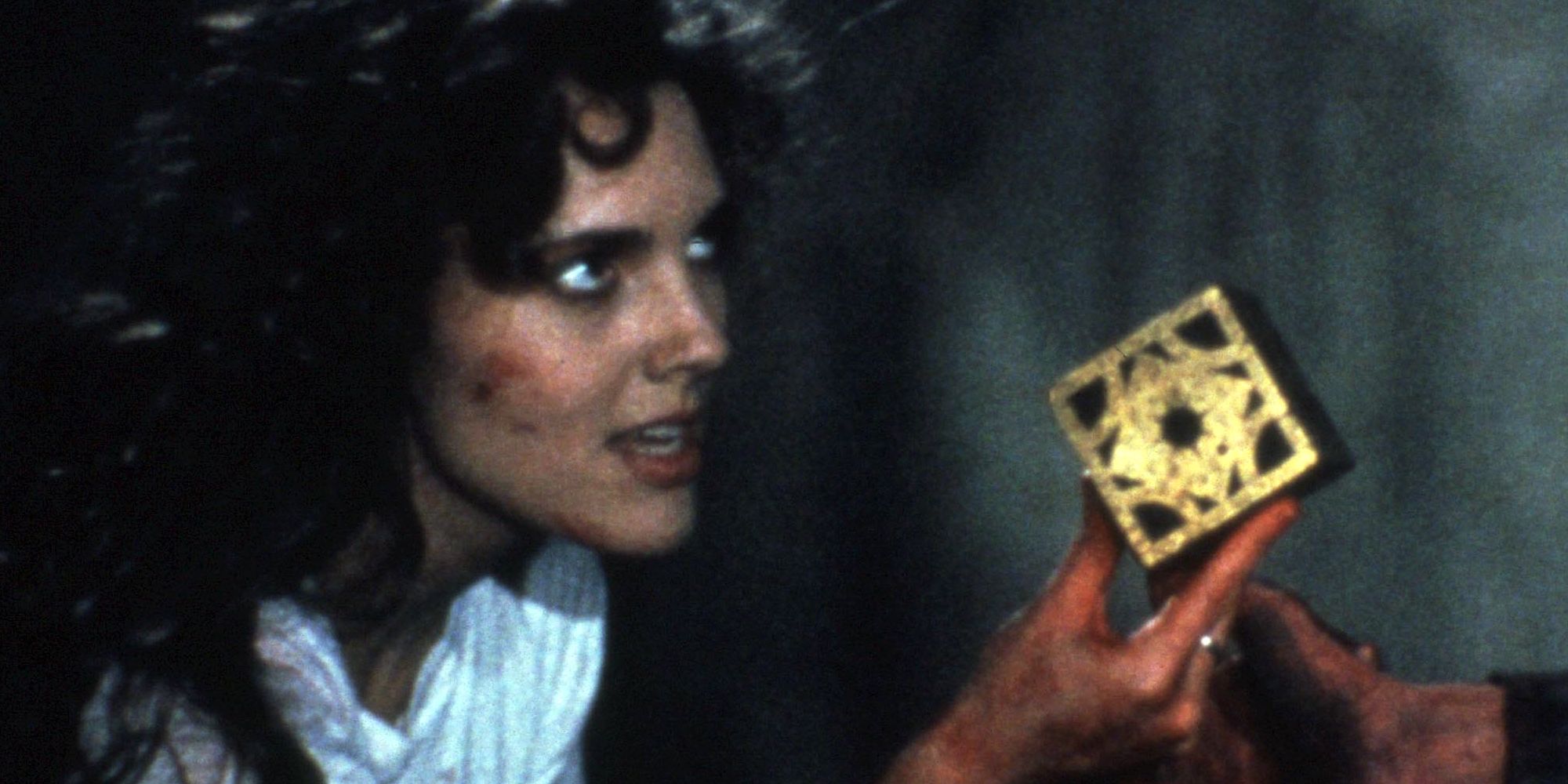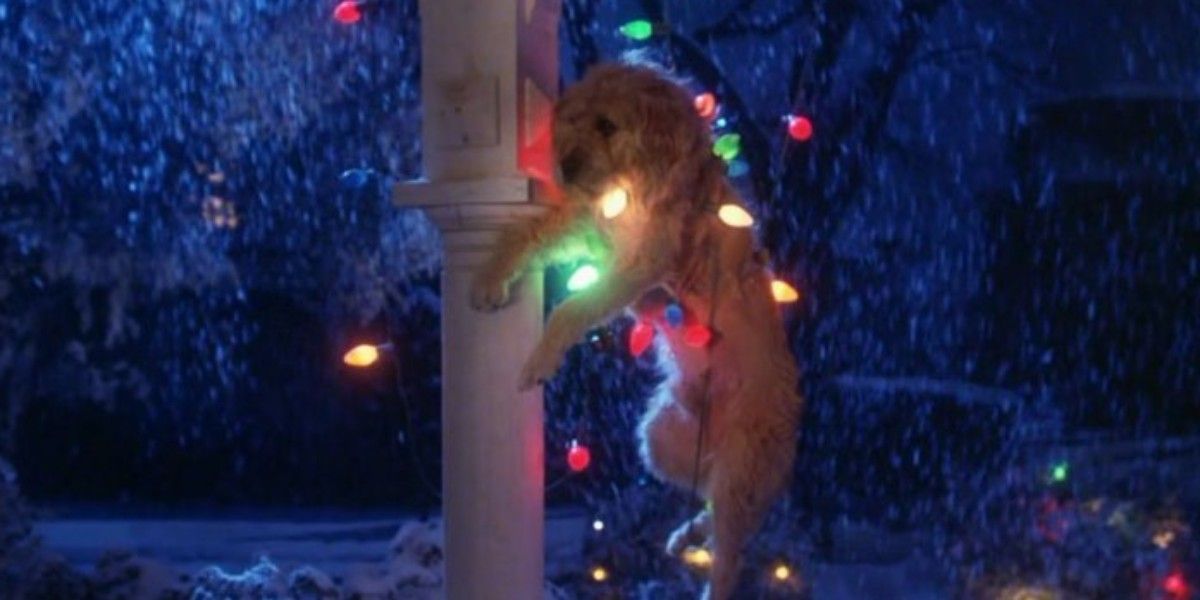While every cinematic genre has its share of maddening clichés, horror films in particular can be the most irritating because they often mean the difference between life and death for the characters involved. That they keep happening onscreen, despite the self-awareness of many modern horror protagonists, has become a frustrating normality for fans.
Perplexing horror clichés have given rise to parody films that lampoon them, most memorably in the Scream franchise and Scary Movie series, but it doesn't prevent filmmakers from still drawing on them despite their dwindling efficacy. However, modern horror auteurs want to make their films seem as genuine as possible, and many of these clichés have precipitated finding ways to make their films even more inventive and terrifying.
Never Making Sure The Killer Is Actually Dead
Many horror movies conclude with the last surviving victim and the killer squaring off for a climactic fight to the death. In these scenarios, the protagonist often gets the upper hand by momentarily incapacitating their adversary, only to run away without ever actually checking to see if they're dead (this trope is even directly addressed in Scream 2).
This occurs even when the hero has a perfectly good weapon at the ready, which could assuredly maim/shoot/decapitate the villain and end their reign of terror forever. If this was done, however, there would be almost no franchise films, so it remains an enduring cliché that makes heroes look ridiculous despite their best efforts.
Opening The Cursed Book/Playing The Cursed Game
Whether it's in classic horror films like The Mummy, '70s hits like The Exorcist, or '80s classics like Evil Dead, there are always characters opening cursed books or playing cursed games despite the dire consequences associated with willfully opening channels to the netherworld.
Even if the curse is properly explained, curiosity will inevitably get the better of the protagonists, and they'll start flipping through pages or maneuvering planchettes and then be surprised when horrible things start happening to them and their loved ones.
Moving Into A Haunted House
The Amityville Horror is one of the most famous horror films centered around a family moving into a haunted house, but there have been many duplicates over the years, including An American Haunting, Sinister, The Changeling, among many others.
Whether it's a family looking to move into a bigger house or a loner looking to forget a recent breakup, protagonists always overlook a house's history given the right price tag. Even films as far back as The Uninvited from 1944 proved that if a spacious house for dirt cheap seemed too good to be true, it probably was.
Never Having Cell Signal
Horror films made after the late '90s had to take into account that almost every protagonist had a cellphone, making it easier for them to solve even the most prolific of horror problems like being unable to get help. Some films, like the remake of The Hills Have Eyes used the fact that its victims were stranded in the middle of the desert to avoid the hassle of having a cell signal.
The Cabin In The Woods might have made fun of the trope, but at this point, it's becoming increasingly more unbelievable that victims in horror films are always somewhere without service. Throughout the main cast, individuals would have different service providers, be part of different networks, have spare battery banks, or just use their laptop to call someone through Google Voice.
Bringing Home The Possessed Toy
Whether it's Annabelle, Child's Play, or Trilogy of Terror, there seems to be enough films to perpetuate the notion that there are countless people willing to unwittingly bring home possessed toys despite the fact that most of them look like the sort of figurine or doll that would come alive the moment their new owner's back is turned.
Bringing home the cursed toy wouldn't in itself become problematic if the victims — almost always children and teens — weren't also ignored when they expressed fear and discomfort around the toy.
Never Sticking With The Group
From the Friday the 13th franchise to the Resident Evil films, it's been proven time and time against that there's strength in numbers against everything from hatchet-wielding maniacs to shambling zombie hordes. And yet without fail, some member of the group goes wandering off alone, often into a dark hallway where they've "just heard something."
This occurs frequently throughout the Alien franchise (especially in Alien: Resurrection), where despite throngs of people being told, warned, and threatened against going near the extremely dangerous xenomorphs, they do so anyway, and get killed in increasingly gruesome ways.
Characters Bypassing The Front Door To Run Up The Stairs
Horror movies can continue to exist as long as fear makes people do stupid things. The films have to bank on an adrenaline dump suddenly robbing ordinarily intelligent people of their faculties, thereby causing them to actually head further towards danger rather than run away from it.
This predicament is brought up in Scream, where a character explains how unrealistic it is for a buxom woman being chased by a killer to run passed the front door and up a flight of stairs. When it's then actually done in Scream 2, the trope is played for laughs because of how nonsensical it is.
Cops Always Being Ineffective Or Getting Killed
While it would be helpful if the day was saved the moment the cavalry was called, more often than not in a horror film, the sudden presence of law enforcement means exactly the opposite. Whether it's Sheriff Buster in Misery, or Sheriff Brackett in Halloween, or Deputy Dewey in Scream, most horror movies get police all wrong, depicting them as incredibly ineffective.
One of two things is guaranteed to happen when a member of law enforcement shows up: they give the killer an advantage by not considering the situation serious, or they give the victim a modicum of hope for their escape only to have it dashed when they're invariably killed. Either way, what are the odds that every local law enforcement officer, no matter how scrappy, will be no match for the murderers in their midst?
Ignoring Mystical Instructions
Whether it's a film like The Box or Gremlins, the protagonists of horror stories receive strange gifts or make mystical purchases and never question the particulars of them, especially when the mysterious purveyor of said gifts has explicit instructions about how they need to be cared for or handled.
Usually, like with the puzzle box from Hellraiser, the recipients manage to misinterpret the instructions for the objects to such an extent that they end up causing not only harm to themselves but also their loved ones. Literally following proper instructions and adhering to them would render most of their calamities moot.
Never Listening To The Pets
Many pets are kept as much for their guarding abilities as their cute aesthetic. These pets are often trained specifically to ward off intruders or sense danger, so why are they ignored so often in horror films? Even if they aren't making a ruckus, they might be physically affected by an omnipresent malevolent entity, and their sudden strange behavior will be a clue to its intentions.
Whether it's Toby in Friday the 13th VIII: Jason Takes Manhattan, Harry in The Amityville Horror, or Barney in Gremlins, there's always a four-legged friend eager to warn their humans of the ensuing catastrophe, but they're often ignored until it's too late.

